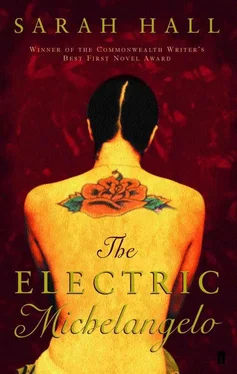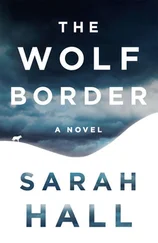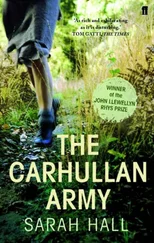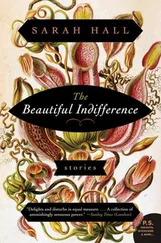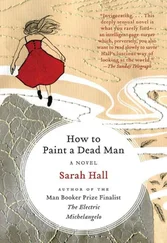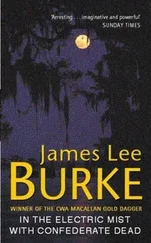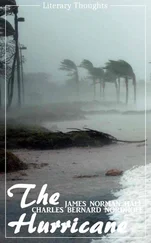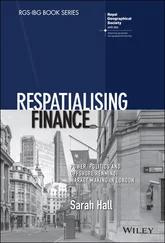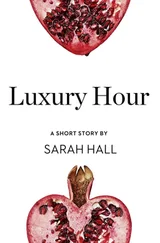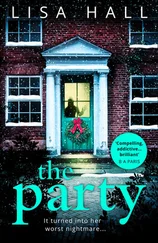In the afternoon he opened the shop, though business was very slack off season, and it was dark as deliverance in the parlour. Nina arrived wearing a parka with fake-fur trim on the hood. Overnight her hair had gone from peroxide blonde to a burnt crab-cake brown. He could never keep up with her. She was carrying a bunch of candles.
— Leccy’s gone off. There’s a pylon down from the wind by Moffat Ravine.
— I know, I saw it this morning.
— So, there’s no power for any of the equipment. What now?
She kicked the door closed behind her and the bell jangled emphatically. Cy took the candles from her and began to insert them into the branches of the menorah which was still adorning the windowsill above the metal tools and cartridges on the counter. Then he bent down and took out a box from his bottom cupboard containing a bamboo shaft and a hammer and he began to roll up his trouser leg.
— Well, I’ll tell you one thing for certain. They won’t be asking us to switch the lights on this year, will they Nina, my dove?

Thanks to the professionals. To Kevin Preston at Advanced Tattoo Clinic in Morecambe for his generous and colourful insights into the craft of tattooing. To Scott Harrison at Fat Cat Tattoos in Astoria for his steady hand and humour. And to Jonathan Shaw at Fun City Tattoo for first terrifying me in the East Village years ago. Yours is a beautiful and terrible art.
Thanks to the Brits and Europeans. To Roger K. Bingham for his fascinating and illuminating book Lost Resort?. To Adam Ferguson for his extensive bad language, his entrepreneurial heart, and for the borrowed days. To Ashleigh Martin for breaking her plastic spade and bucket on Morecambe’s shore, and remaining happy all the while. To James Stamper for some bits and bobs which he’ll deny. To Mat Fahrenholz for his translations, his constructions and and his profoundly inspirational art work. To György Abelovszky for his translations and that last-minute lucky star. To Fiona Renkin for her translations and for just being a rock from the local quarry. And to Elizabeth and Anthony Hall for their continued support, their assistance with research, and for not screaming blue murder over their daughter’s tattoo.
Thanks to the Americans. To Jessie Berger for sharing his Coney Island anecdotes and boardwalk memories. To Joshua Berger for his amazingly efficient parking skills, his ability to locate obscure warehouse museums and his creative tinkering. To Lawrence Wakin for the accent, the slang, and for being the human Encyclopedia Brooklynia. To Dick and Marie Wood for their transatlantic recollections and the spirit of gin-hidden speakeasy America. To Jane Kotapish, without whose grace I would be the poorer, without whose eyes I would never have seen New York tipping just so against the light. And to EMR, endlessly, for the brighter side.
Thanks again to Lee Brackstone for his help milling the grain. And thanks to Trevor Horwood for the final spit and polish.
The Electric Michelangelo is a work of fiction. Characters, events and organizations are either products of the author’s imagination or, if real, not necessarily portrayed with historical accuracy.
Sarah Hall was born in Cumbria in 1974. She received a BA from Aberystwyth University, Wales, and a MLitt in Creative Writing from St Andrews, Scotland. She is the author of Haweswater , which won the 2003 Commonwealth Writers Prize for Best First Novel, a Society of Authors Betty Trask Award, and a Lakeland Book of the Year prize. In 2004, her second novel, The Electric Michelangelo , was short-listed for the Man Booker prize, the Commonwealth Writers Prize (Eurasia region), and the Prix Femina Etranger, and was long-listed for the Orange Prize for Fiction. Her third novel, The Carhullan Army , was published in 2007, and won the 2006/07 John Llewellyn Rhys Prize, the James Tiptree Jr. Award, a Lakeland Book of the Year prize, and was short-listed for the Arthur C. Clarke Award for science fiction. Her fourth novel, How to Paint a Dead Man , was longlisted for the 2009 Man Booker Prize.
